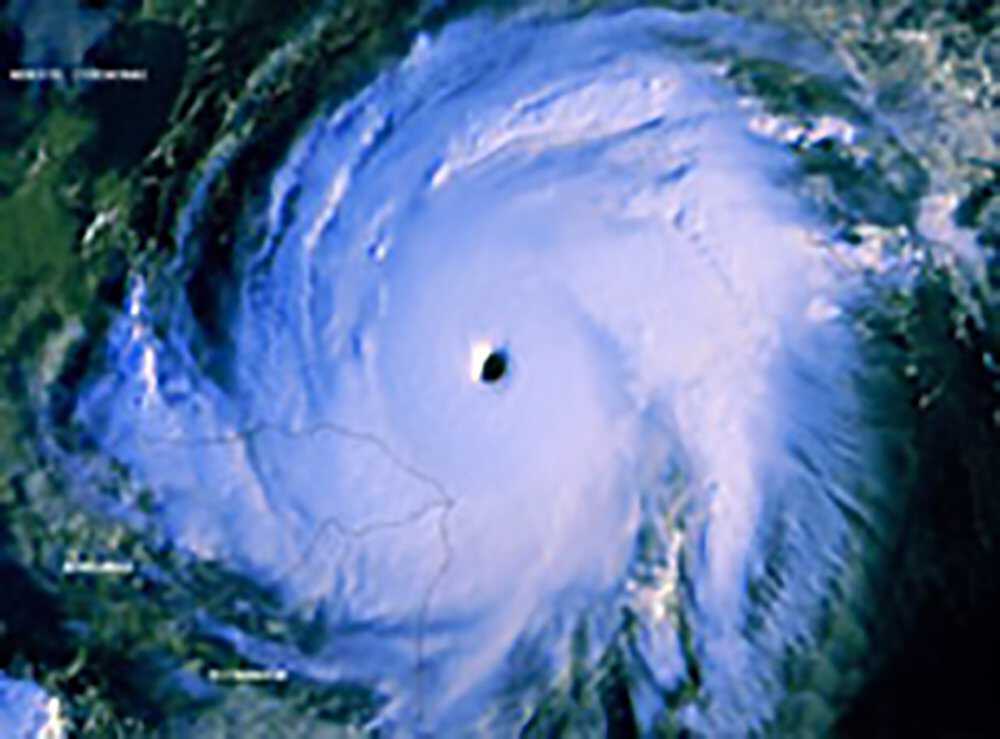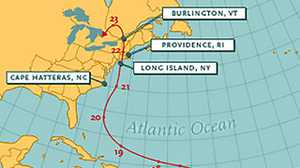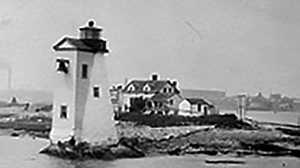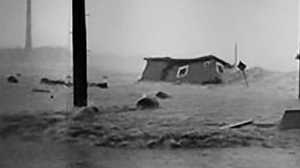The Perfect Storm

Devastating winds that can top 200 miles per hour. Storm surges capable of submerging coastal areas within minutes. Rainfall that pelts like bullets from the sky. Hurricanes are among earth's most ferocious natural forces. But how do these swirling weather patterns develop?
To develop, a hurricane, or tropical cyclone, requires a number of conditions:
The first ingredient in the cyclonic stew is a weak weather system — typically a system with low surface pressure and thunderstorm activity.
The weak system needs to move over waters of at least 79 degrees Fahrenheit. Moisture then rises and condenses into clouds which produce heat and, in turn, thunderstorms. Thunderstorms allow the process of evaporation, condensation and heat production to continue. It is essentially this heat that fuels the storm.
As the storm generates more heat, warm air continues to spiral in -- counterclockwise in the Northern Hemisphere. The air condenses and expands above the storm. The spiraling air causes the surface air pressure to drop. The lower the pressure drops, the stronger the weather pattern's circulation becomes.
It is also necessary for atmospheric winds to remain somewhat constant in the early phase of development. Any strong shift in the air flow will disrupt the storm's growth. If each condition is met, a hurricane will surely form.
As the system continues to organize, winds spiral in at greater speeds. With winds less than 39 mph, the storm is called a tropical depression. With further organization and decline in pressure, the winds intensify. When speeds hit 39 mph the storm is designated a tropical storm. And at 74 mph the storm becomes a hurricane.
The force of a full-blown hurricane can be devastating. In the 1970s, scientists developed a classification system to determine the potential damage caused by hurricanes. The Saffir/Simpson scale rates the storm's intensity from one to five, with one being the least damaging and five the most severe. Wind speed is the main determinant in rating hurricanes; other factors such as where the storm might make a landfall and how big the storm grows help to further assess the impact. Only two category 5 hurricanes have ever touched the U.S.: the Great Labor Day Hurricane that assaulted the Florida Keys in 1935, and 1969's Hurricane Camille, which blew through Mississippi and Alabama.







